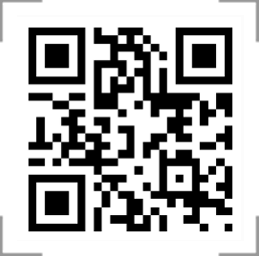According to the "Specifications and Test Methods for Water Used in Analytical Laboratories" (GB6682-2008), pure water in analytical laboratories is divided into three grades: first grade water, second grade water, and third grade water.
First grade water is used for preparing standard water samples or analyzing ultra trace substances. Primary water does not contain dissolved impurities or colloidal organic matter, and can be further processed to produce secondary water.
For example, secondary water can be distilled through quartz equipment or treated in an ion exchange mixed bed, and then processed through a 0.2 micron microporous membrane to obtain it.
Secondary water is used for analysis and research work.
Secondary water often contains trace amounts of inorganic, organic, or colloidal impurities, which can be prepared by multiple distillation or ion exchange methods.
The raw material for laboratory pure water should be drinking water or relatively clean water. If there is contamination or the blank does not meet the requirements, purification treatment must be carried out.


 Alibaba Store
Alibaba Store Tmall Store
Tmall Store Jingdong Sstore
Jingdong Sstore







